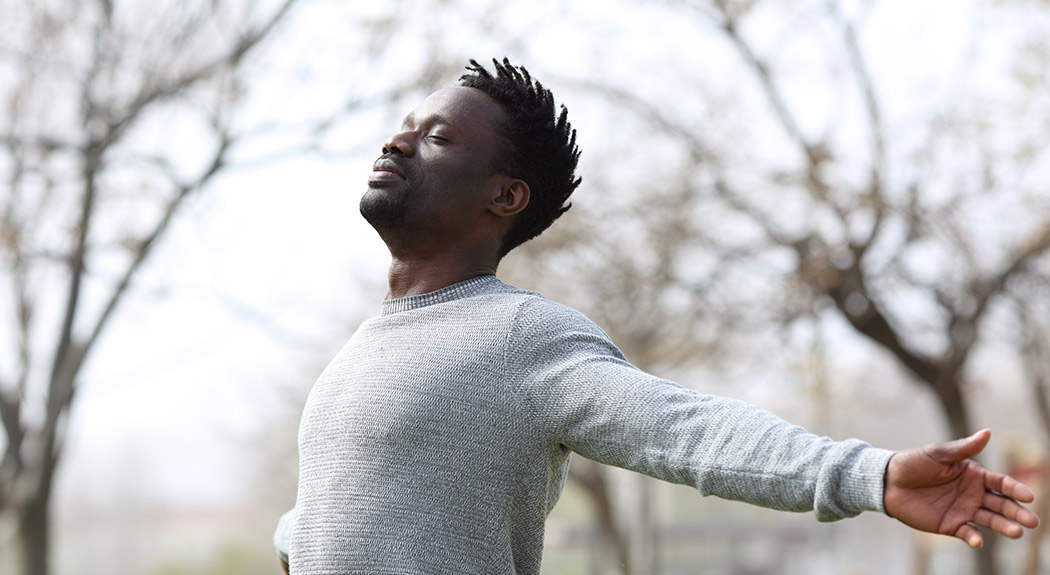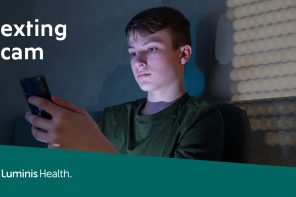Shorter days. Longer evenings. Colder temperatures. Winter is here.
If you feel gloomy this time of year and perk up once spring and summer roll around, you might have Seasonal Affective Disorder – also known as SAD. It’s a type of depression that comes and goes with the fall and winter seasons. And it tends to disappear in spring and summer.
This winter, we’re all staying home more because of the coronavirus (COVID-19) pandemic. Many events and activities have been canceled. So this season may be particularly challenging for those who suffer from SAD.
Let’s take a closer look at SAD symptoms, who’s at risk and how to treat the disorder.
Symptoms to look for
Feelings of worthlessness, low energy, fatigue, difficulty sleeping or concentrating, and changes in your appetite or weight. If you are experiencing at least five of these symptoms for two or more weeks, talk to a mental health professional.
Who is at risk?
Women are four times more likely to be diagnosed with SAD than men. And younger adults are more likely to have it than older adults.
What are the risk factors?
The exact reasons for SAD are not known. But people with a family history of SAD or other forms of depression are at higher risk. If you have clinical depression or bipolar disorder, you may see your symptoms get worse as the seasons change.
How do you treat SAD?
Light therapy—exposure to full-spectrum lights bright enough to make a difference in brain chemistry—can treat SAD. It may get rid of symptoms for 50 to 80 percent of people who use it.
Here’s how it works. You sit in front of a special fluorescent lamp that is encased in a box or mounted on a visor worn like a cap. The lamp gives off a bright white light, filters out ultraviolet radiation and diffuses the light to limit glare. Light therapy takes about 30 to 90 minutes a day. It’s best done in the morning and you should do it daily until natural sunlight returns in the spring. If you stop too early, your symptoms may come back.
If necessary, you can also treat SAD with antidepressant medications.
But there are other treatment options, including:
- Exercise daily in sunlight. This can help you sleep better at night and give you more energy.
- Take part in activities you love to boost your mood — like listening to music, reading, or visiting a park.
- Practice good sleep hygiene. Go to bed and wake up at the same time daily. Get into the habit of turning of all electronics and doing deep breathing and relaxation exercises before bed.
- Be grateful. Find one thing to be grateful for each day and reflect on its meaning.
- Be compassionate with yourself. It’s easy to be self-critical, but remember to be kind to yourself. Talk to yourself as you would a friend.
- Be mindful. Be fully present in the moment, with full awareness of your thoughts, feelings, sensations and surroundings – without judgment.
You don’t have to struggle with SAD in silence. Reaching out to a mental health professional for help is a sign of strength – not weakness. If you are having suicidal thoughts, seek immediate help. The Anne Arundel Crisis Response System is a 24-hour hotline you can call at 410-768-5522.
 Aruna Gogineni, Ph.D., LCSW-C, is a mental health professional at Anne Arundel Medical Group (AAMG) Mental Health Specialists, located in Annapolis. To reach her, call 443-475-0621.
Aruna Gogineni, Ph.D., LCSW-C, is a mental health professional at Anne Arundel Medical Group (AAMG) Mental Health Specialists, located in Annapolis. To reach her, call 443-475-0621.
 Waseem Hussain, MD, is a primary care doctor with Doctors Community Medical Center.
Waseem Hussain, MD, is a primary care doctor with Doctors Community Medical Center.




